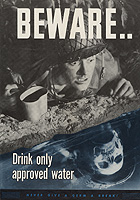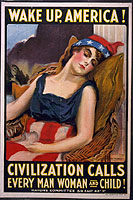Are your usual fans in a temporary financial jam? In recent years, that’s been sadly commonplace.
The fact is, as of 2011, Half of Americans don’t have $2000 for a rainy day.
In an emergency, even with 30 days to come up with $2000, only 25% of Americans are sure they could beg, borrow or steal that much money.
If you’re in business, you need to know your potential audience and customers. In 2011, if your usual fans & collectors are among 75% of Americans, they can’t buy your $1500 painting, wall hanging or assemblage, no matter how gorgeous it is.
Sure, your art may be worth that much or more. Value isn’t the issue here.
The more pertinent questions are:
- Do your business practices make your future customers feel better or worse about themselves?
- Do they like how they feel around you and (especially) around your art?
- Do you have rapport with them?
If they don’t feel that sense of mutual understanding on a personal level — even as artist-to-customer — they won’t be as open to connecting with what your art communicates.
Sure, you can focus on the minority who can afford your art. That may be a smart tactic, for now.
However, that probably shouldn’t be your exclusive focus. Even if you don’t put as much time into laying a foundation with the rest of your audience, they’re still important to your future as a successful artist.
Reaching the 75%
If you’re meeting some of that 75% at art shows, galleries, or even as you’re running errands — and hope to attract them as clients, customers and collectors in the future, when they’re back on their feet — now is the time to establish rapport. They’ll remember it later.
Think about what you can do, so they feel a connection with you right now. What can you give or sell to them that they can own, and — at the same time — help them feel better about themselves?
Even if the person can’t purchase any of your art right now, he or she should walk away thinking, “That art is so great. I’m going to own some of that, some day.”
Contrast that with the sad, “That art is beautiful, and yet another thing I can’t afford. Maybe I never will.”
See the difference?
So, make it possible for the person to connect with your art and feel good about it, right now.
The importance of gifts
Whether it’s a happy conversation, a free art postcard (like VistaPrint’s freebies, which I use), a link to a webpage where they can download something… make sure you connect with your friends and fans, and they remember it as a happy meeting.
This isn’t a reciprocity thing. It’s not, “I’ll give you this now, and you agree to give me something in return, later.”
The gift economy is a little different. It’s about bonding as individuals, and as a community, to establish a personal connection and goodwill for the sake of the group and each other, period.
What do you get out of this? You get to be part of a happier, more connected community in a happier, more connected world.
You get the satisfaction of having done something good. Too often, that’s vastly underrated.
Remain sensitive to what’s really going on, despite appearances.
It’s important to stay current about the world in general. Use other people’s surveys (such as the article linked above) to understand your audience and what’s going on with them.
Right now, the global economy is in transition. This effects artists as much as anyone else, and perhaps more than most.
This is your opportunity to do something nice and helpful… and be remembered for it.
Everyone wins!
Pave the road to your successful future.
It’s fine to focus on people with cash who also like your art. That’s common sense.
However, pave the road for your continuing success — and invest a little happy karma — by making it possible for everyone to own some of your art, right now.
It’s not difficult. It may require a little creativity, but you can do it.
(Note: If you liked my graphic at the top of this article, it’s a free download. You can click on the image or here to download it as a 5″ x 7″ poster. If you collect ATCs, click here for that free download.)
To understand more about
our economy and the importance of gifts
be sure to read Linchpin by Seth Godin

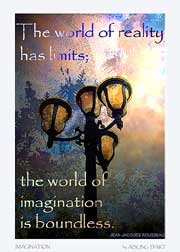
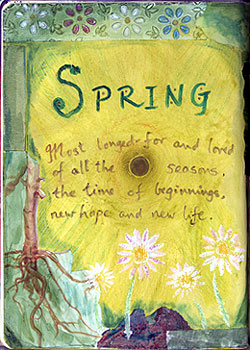
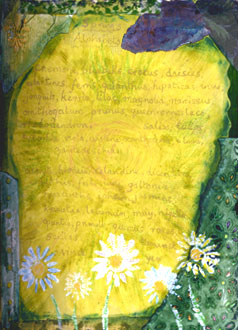
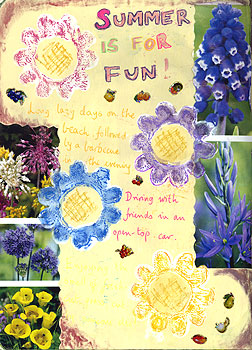
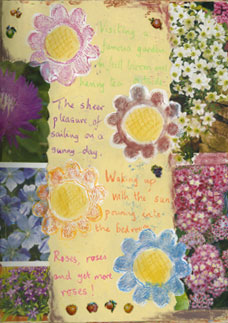

 Well, my recents posts on the topic of copyright — especially related to Flickr and Google Images — seem to have opened a can of worms. (Hence the gummy worms image, at left.)
Well, my recents posts on the topic of copyright — especially related to Flickr and Google Images — seem to have opened a can of worms. (Hence the gummy worms image, at left.) Here’s one of the clearest explanations of what’s what at Flickr:
Here’s one of the clearest explanations of what’s what at Flickr:  A copyright thread at Digitalpoint
A copyright thread at Digitalpoint 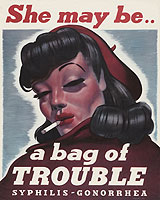
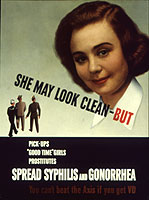 Check out the sweet girl in the poster on the left. (Click on the image for the full, print-quality image at the NLM.)
Check out the sweet girl in the poster on the left. (Click on the image for the full, print-quality image at the NLM.)